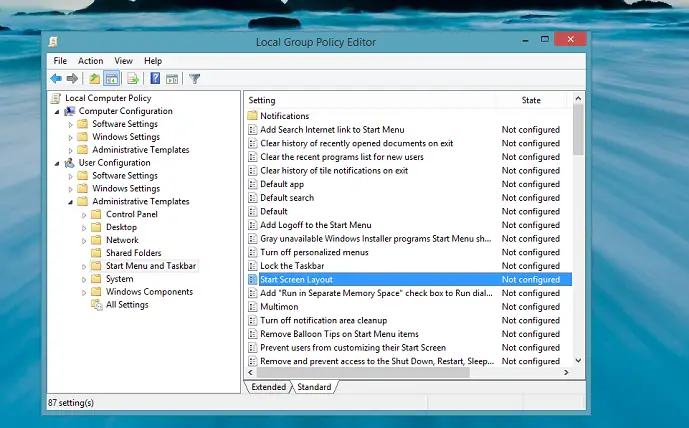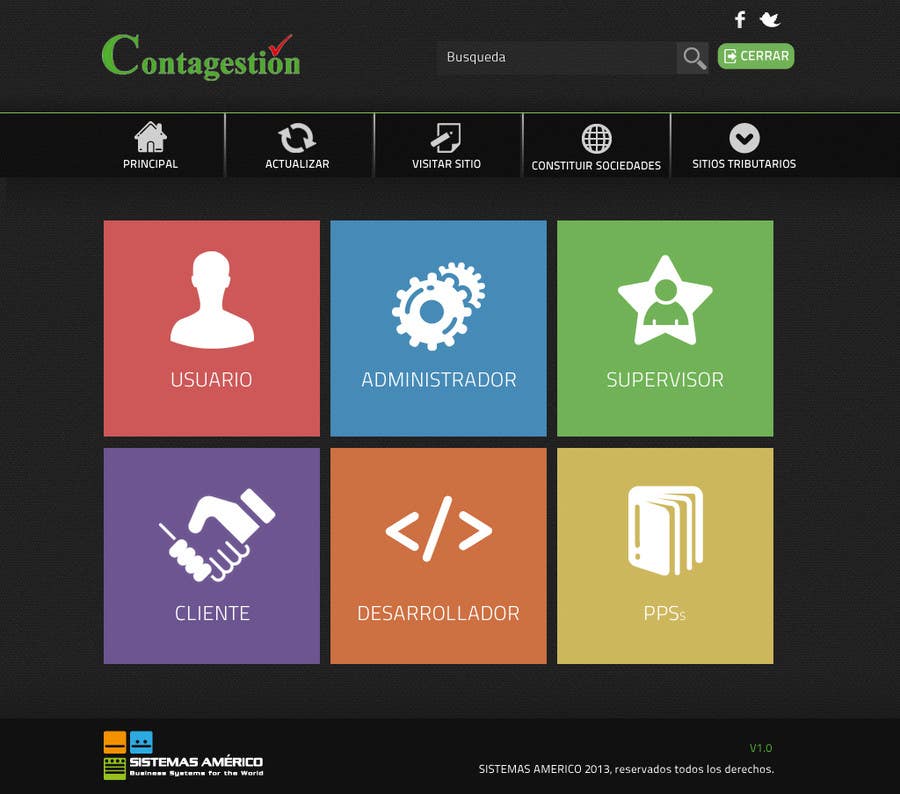
- #Optimal layout windows how to
- #Optimal layout windows install
- #Optimal layout windows update
- #Optimal layout windows software
- #Optimal layout windows free
The list of available drives and partitions appears.

#Optimal layout windows install
If you install Windows using a bootable USB key made by Windows Imaging and Configuration Designer (ICD), it creates the following layout by default: a system partition, a Windows partition, and a recovery tools partition.īy default, system partitions do not appear in File Explorer. If you're going to be adding more than four total partitions to the disk, see Configure More than Four Partitions on a BIOS/MBR-Based Hard Disk for more info. However, manufacturers can develop and provide such a utility if PCs are shipped with data partitions.Įach partition can have a maximum of 2 terabytes (TB) of space. Windows 10 does not include functionality or utility to facilitate this process. For example, the Windows RE partition may need to be moved to the end of the unused space reclaimed from the data partition, so that the Windows partition can be extended. This layout makes it more difficult for end users to remove the data partition and merge the space with the Windows partition. By keeping the Windows and recovery partitions together, then when future updates of Windows RE area available, Windows will be able to grow the Windows RE partition by shrinking the Windows partition. However, if utility or data partitions are required, they should be placed either before the Windows partition or after the Windows RE partition.

The recommended partition layout doesn't include utility or data partitions. For example, NTFS may reserve 5-15MB or more on a 750MB partition.
#Optimal layout windows free
The Windows Recovery Environment (Windows RE) tools require additional free space: This allows Windows to modify and recreate the partition later if future updates require a larger recovery image. We recommend that you place this partition in a separate partition, immediately after the Windows partition.
#Optimal layout windows software
Software tools to extend the visible partition space beyond 2 TB are not supported on BIOS because they can interfere with software solutions for application compatibility and recovery.Ĭreate a separate recovery partition to support automatic failover and to support booting Windows BitLocker Drive Encryption-encrypted partitions.
#Optimal layout windows how to
For information about how to create additional partitions beyond this limit, see Configure More than Four Partitions on a BIOS/MBR-Based Hard Disk.

Typically, these standard partitions are designated as primary partitions. Windows does not support the GUID partition table (GPT) file system on BIOS-based computers.Īn MBR drive can have up to four standard partitions. When you deploy Windows to a BIOS-based device, you must format hard drives by using an MBR file system.
#Optimal layout windows update
If you use a custom partition layout on Windows 10 or Windows 11 for desktop editions (Home, Pro, Enterprise, and Education), update the Push-button reset recovery script so the recovery tools can recreate the custom partition layout when needed.


 0 kommentar(er)
0 kommentar(er)
